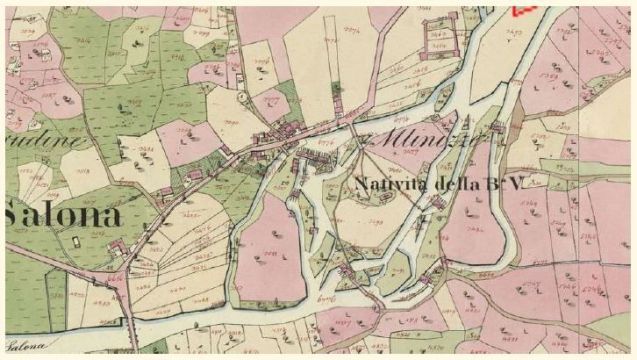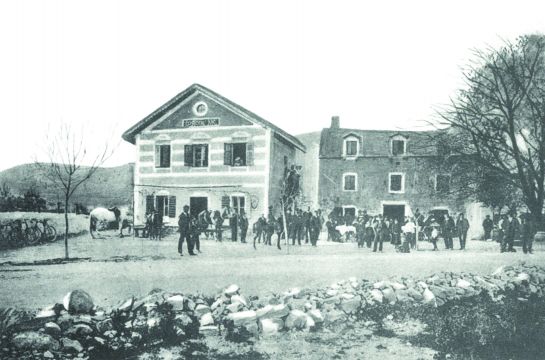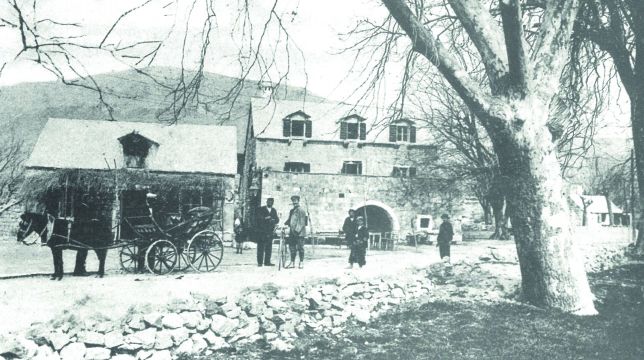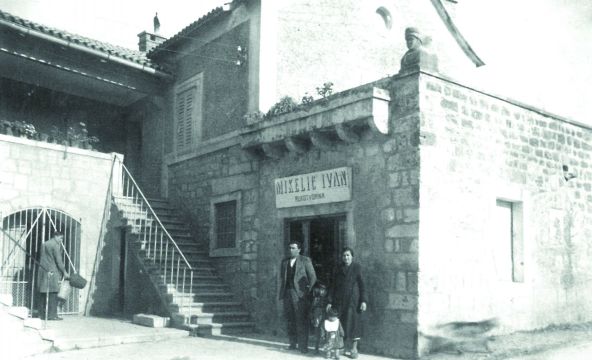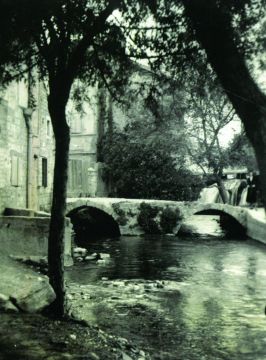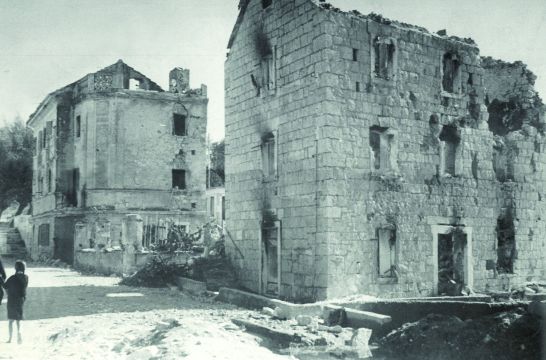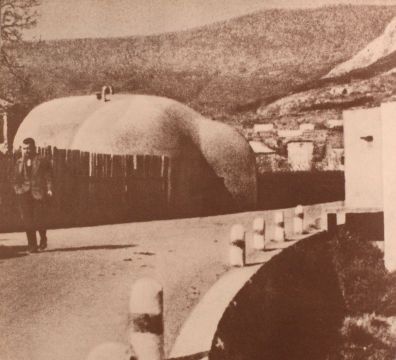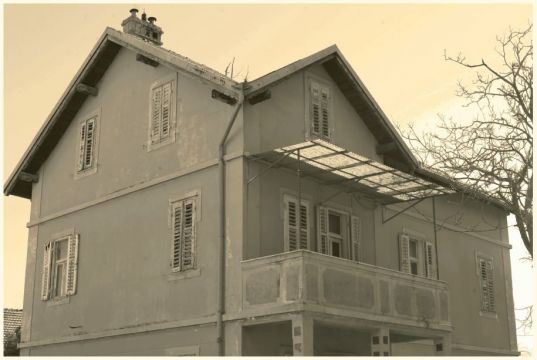Our walk along Zvonimirova, the central street in Solin, starts with its display on the Austro-Hungarian cadastral map dating from 1860. Since then, the street has significantly changed its appearance, but it has remained the lifeblood of the town along the Jadro River. Walking through the memories of Solin, we will show what it looked like in the first half of the last century.
So, let’s go…
Zvonimirova lane - Izabela Martinović

THE IVIĆ TAVERN
Right next to today's Ivić house, at the turn of the 19th and 20th century, stood a tavern owned by Ante Ivić. He was a famous merchant and landlord from Solin and an active participant in the social life of the town. His tavern was a popular gathering place for the Split's gentlemen and it occassionally hosted music shows. The tavern was widely known for its gastronomic specialty of the house – duck with celery. In the early 1930s, the Ivić family closed the tavern and turned to trade.
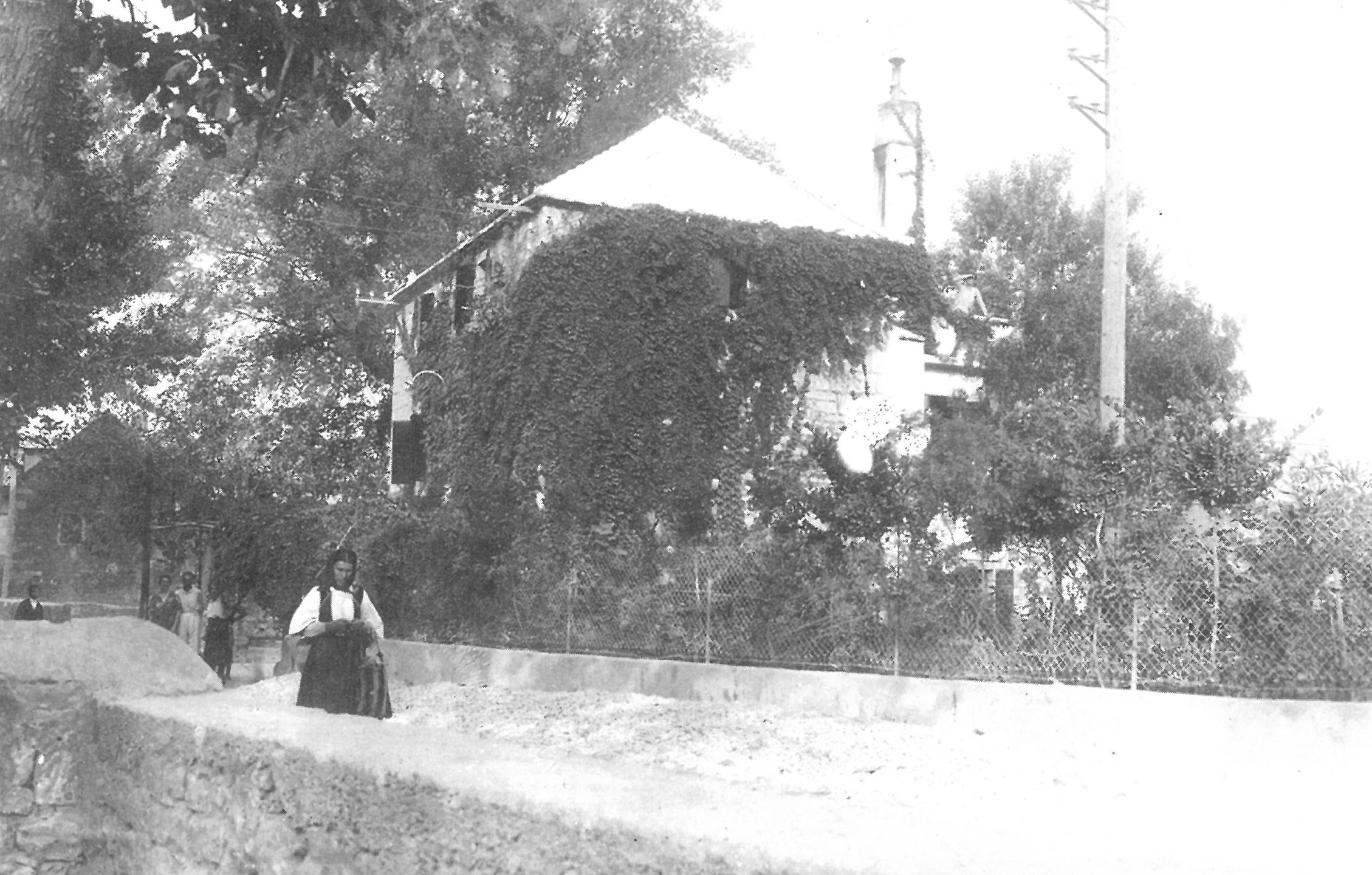
THE BIRTH HOUSE OF DON LOVRE KATIĆ
By the early 2021, on the site of today's Sapunar house, stood a birth house of the famous Croatian historian and priest Don Lovre Katić, born in Solin (Solin, 1887 – Solin, 1961). Don Lovre Katić left a permanent mark in Croatian historiography with a number of valuable achievements. In addition to medieval history which was his main area of interest, Don Lovre Katić is the author of a number of literary, popular science and educational articles.
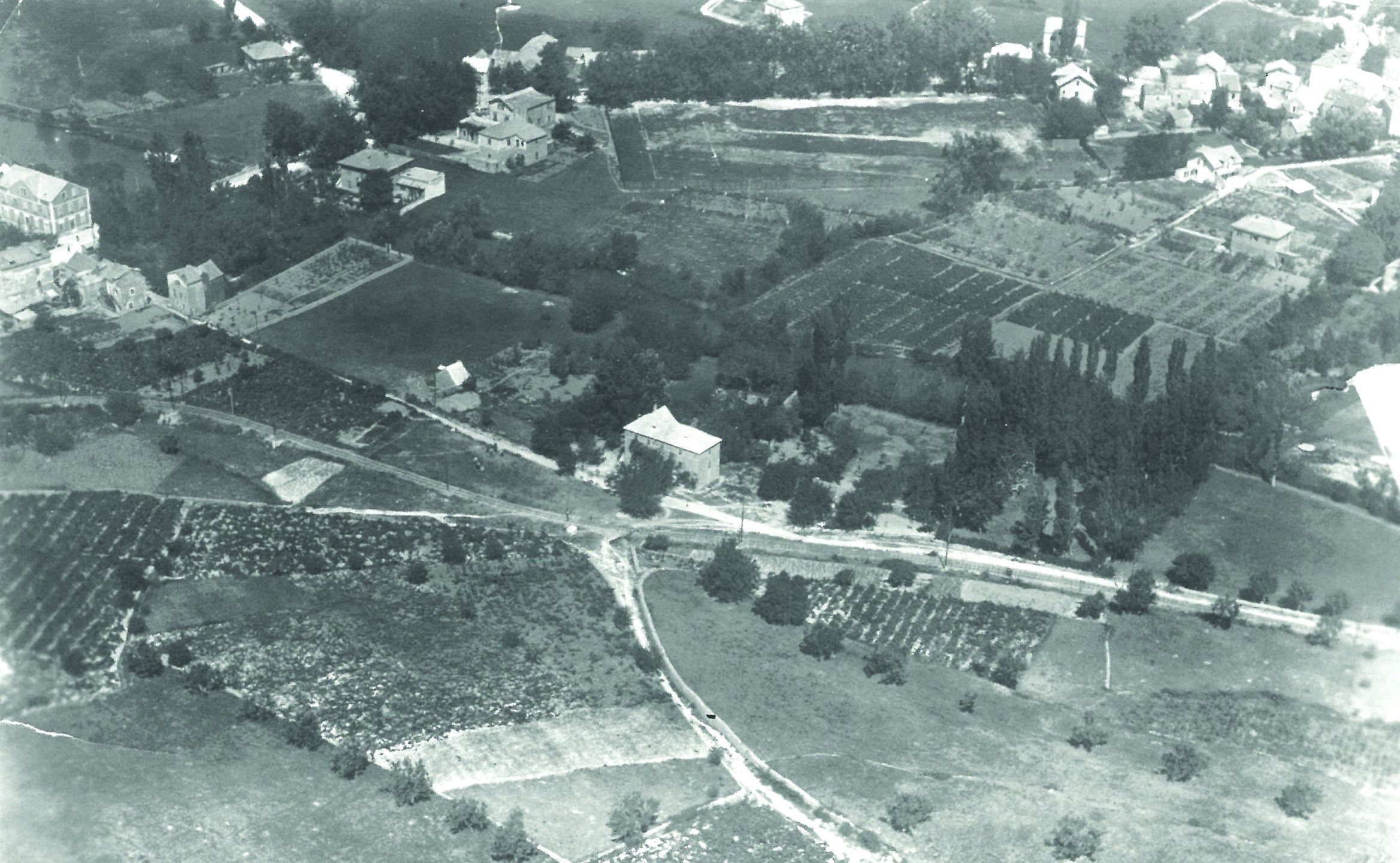
CITY PARK – FIELD
In the 1930s, on the site of today's City Park, there was a field for the Solin football club, today known as FC Solin. After the football field was moved to its current location in the middle of the 20th century, in 1966, a park was set up on the site. A monument to the people of Solin who died in the Second World War, by sculptor Fabijan Barišić, was erected in this park.
THE CENTRAL SQUARE – THE HEART OF THE VILLAGE
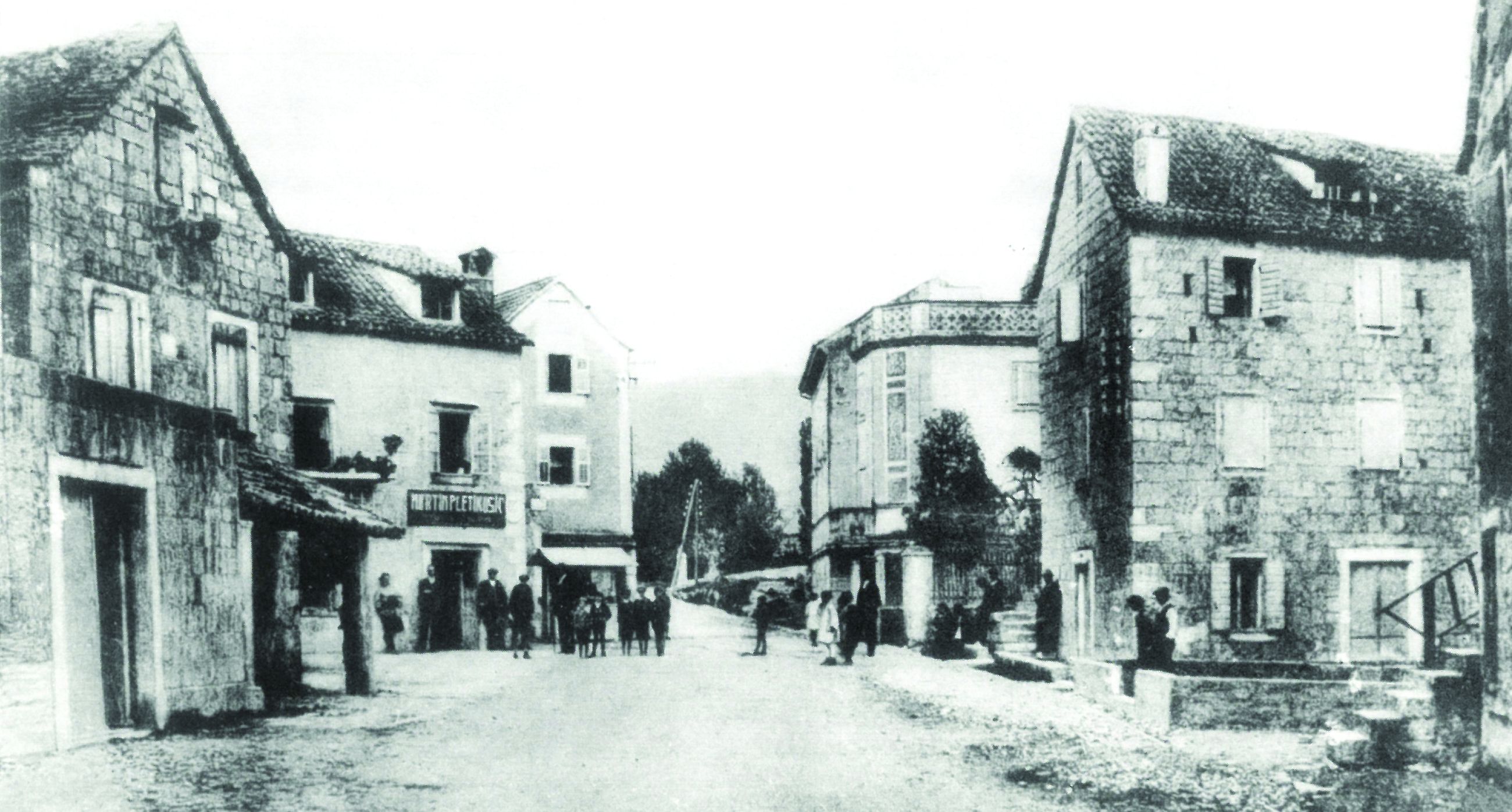
THE OLD „MARKET“ / THE ŠPERAC-RAČIĆ HOUSE
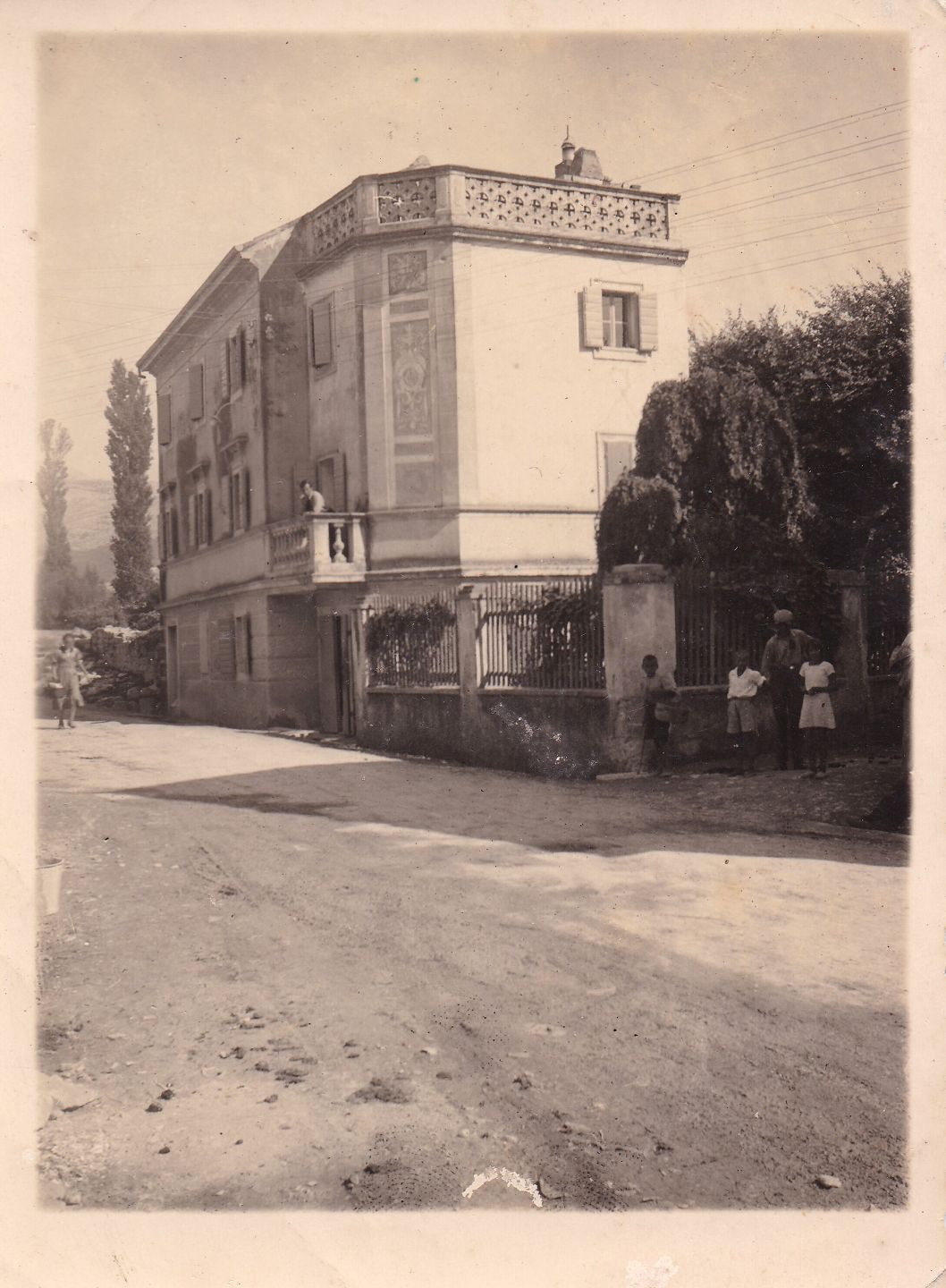
VELIKA GALIJA MILL
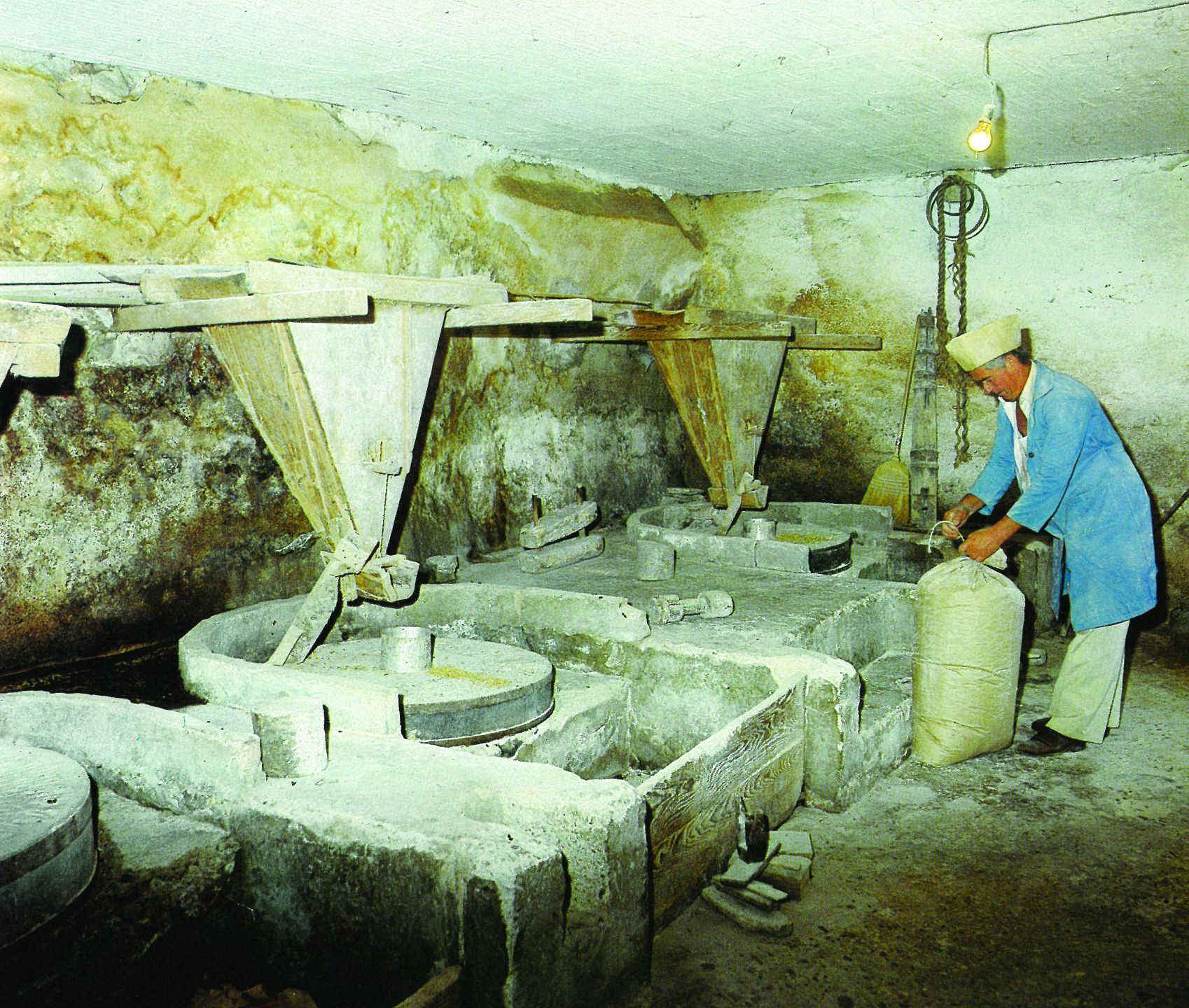
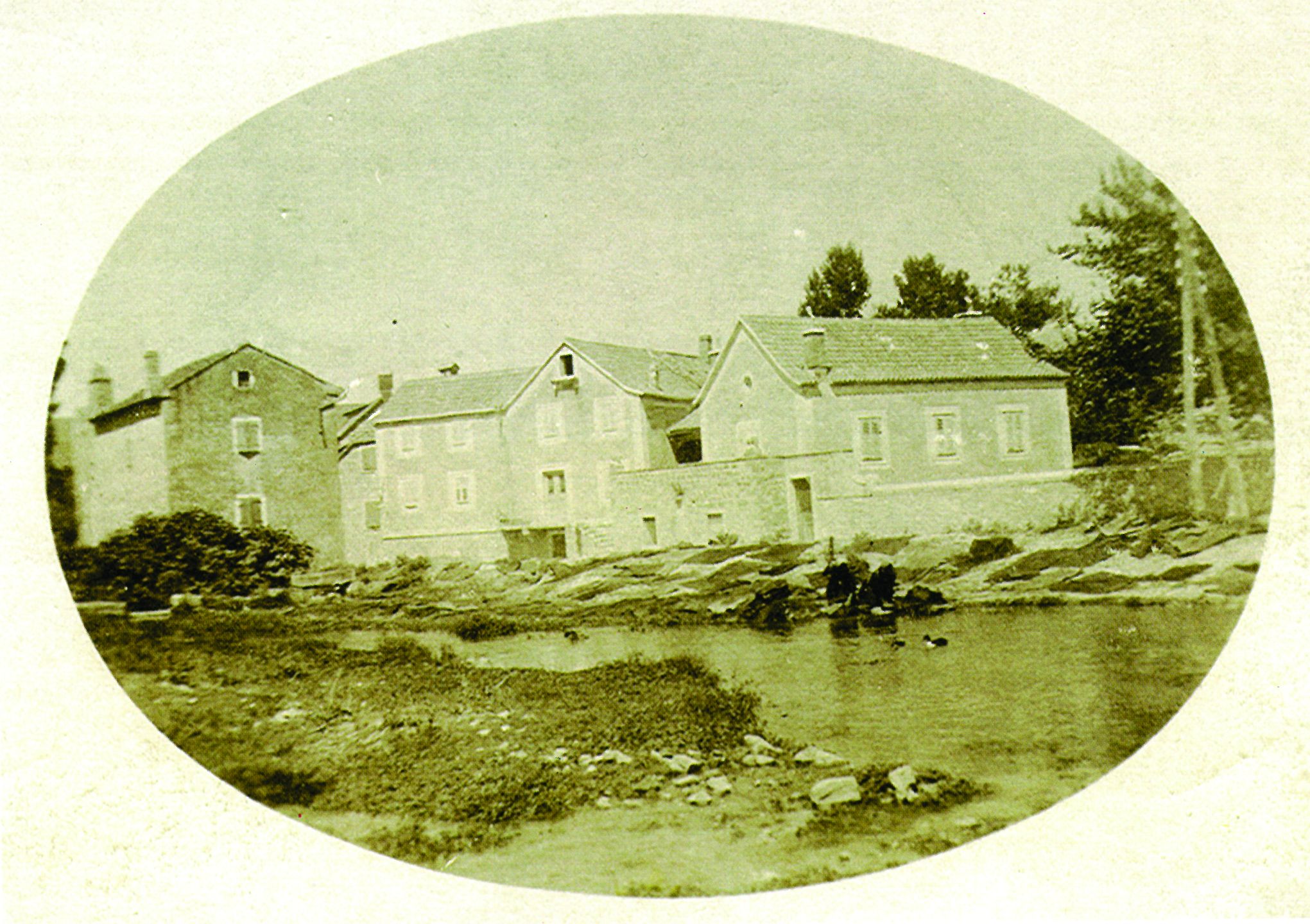
The house of Josip Šperac, together with the lanatana, was built in the late 18th century and has been preserved until today as a unique combination of folk architecture in the very heart of Solin. The lantana features 2 herms. Lantana was originally envisioned as a resting place and shelter for passengers when passing through Solin, but it has often changed its function. Prior to WWII, a merchant Ivan Mikelić used it as a convenience store, then it was turned into a fish market while today it is a home of the souvenir shop.
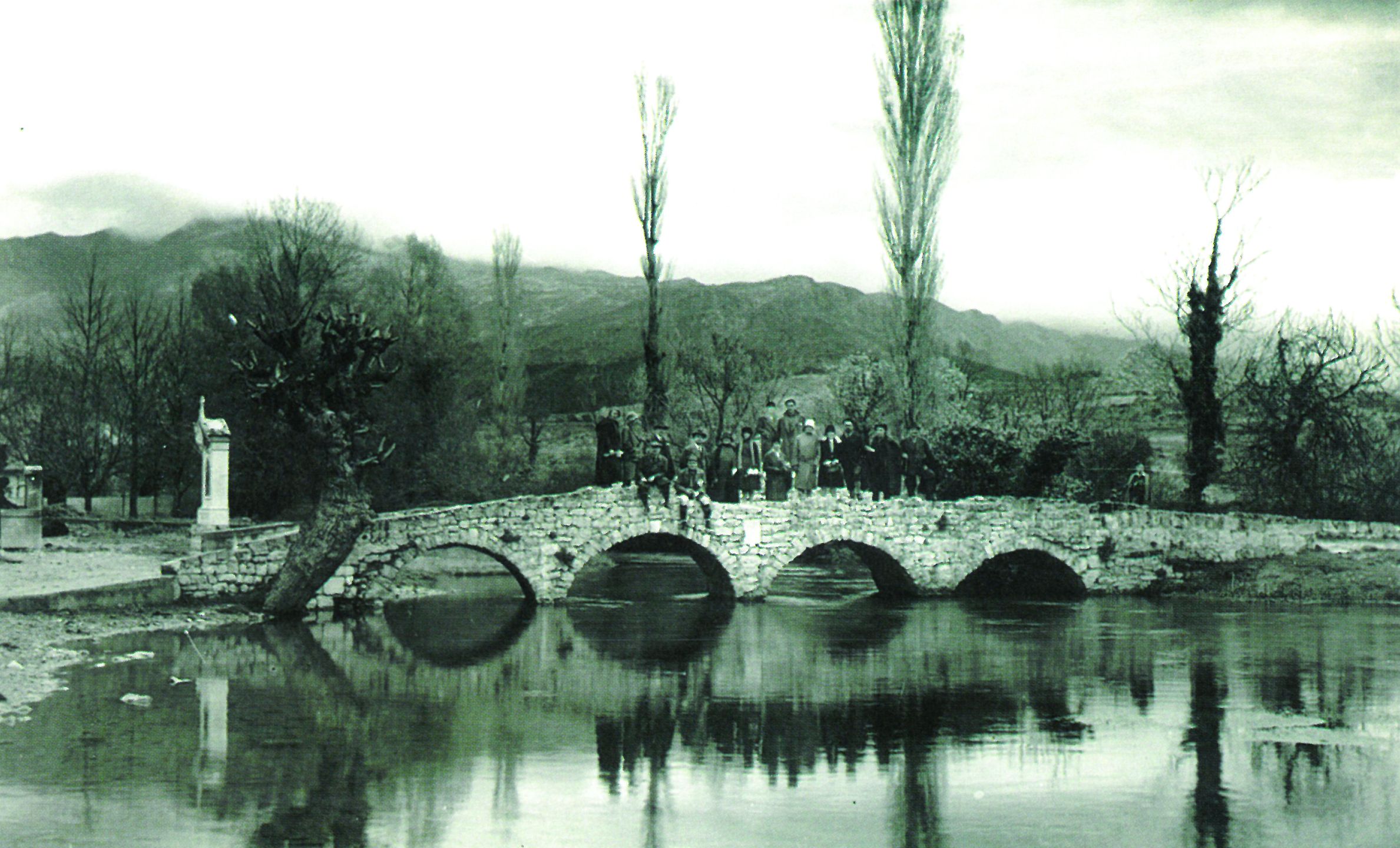
The old bridge leading from the main street to a river islet called Our Lady’s Islet was built, according to Ejnar Dyggve, in the 17th century while Don Lovre Katić claims that even in the 18th century there was a wooden bridge in its place. The most famous bridge in Solin was expanded in 1934 from its upstream side when the Chapel of the Mother of God, which is located next to the bridge, got moved to its downstream side.
CULTURAL HOME
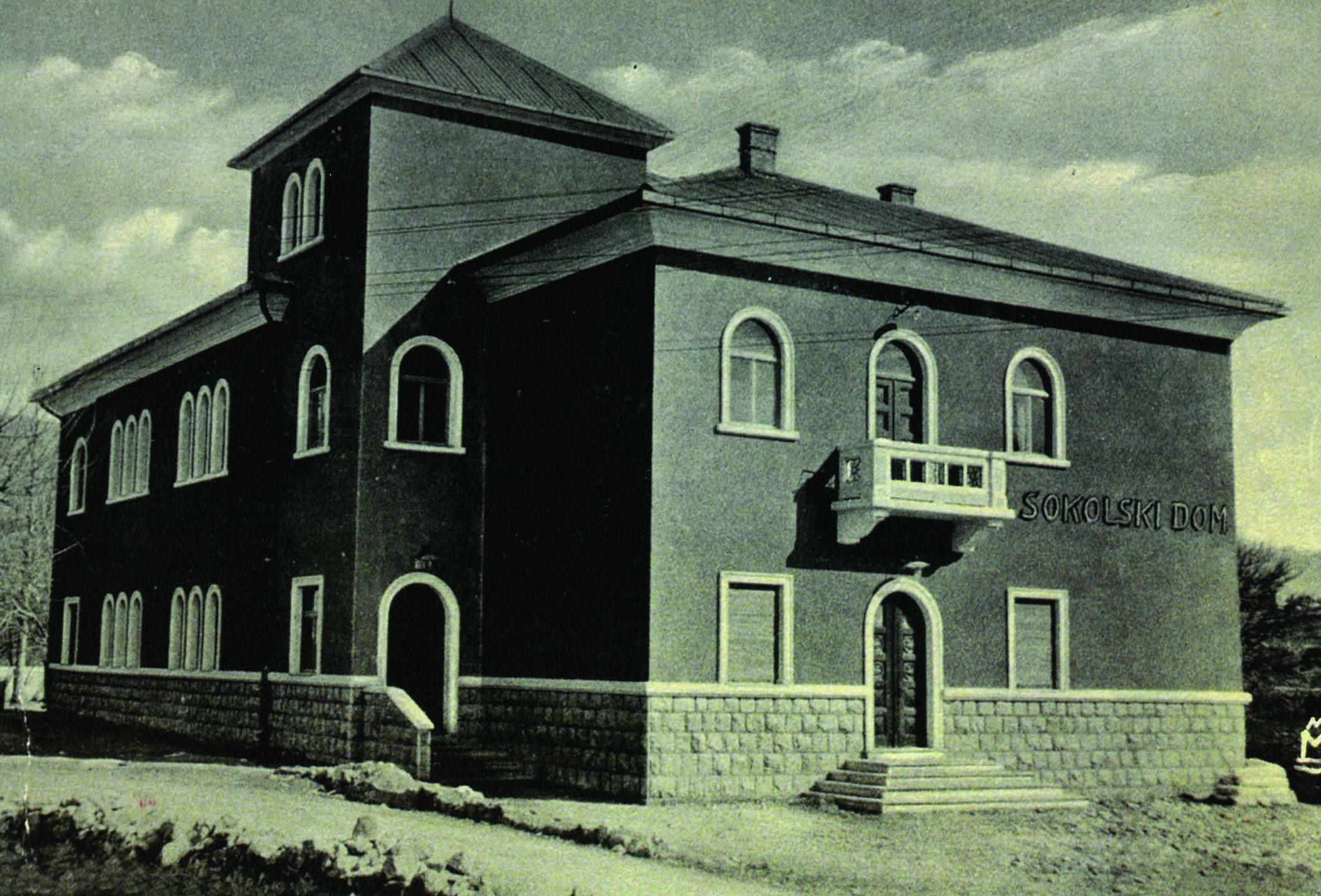
GAŠPIĆ HOUSE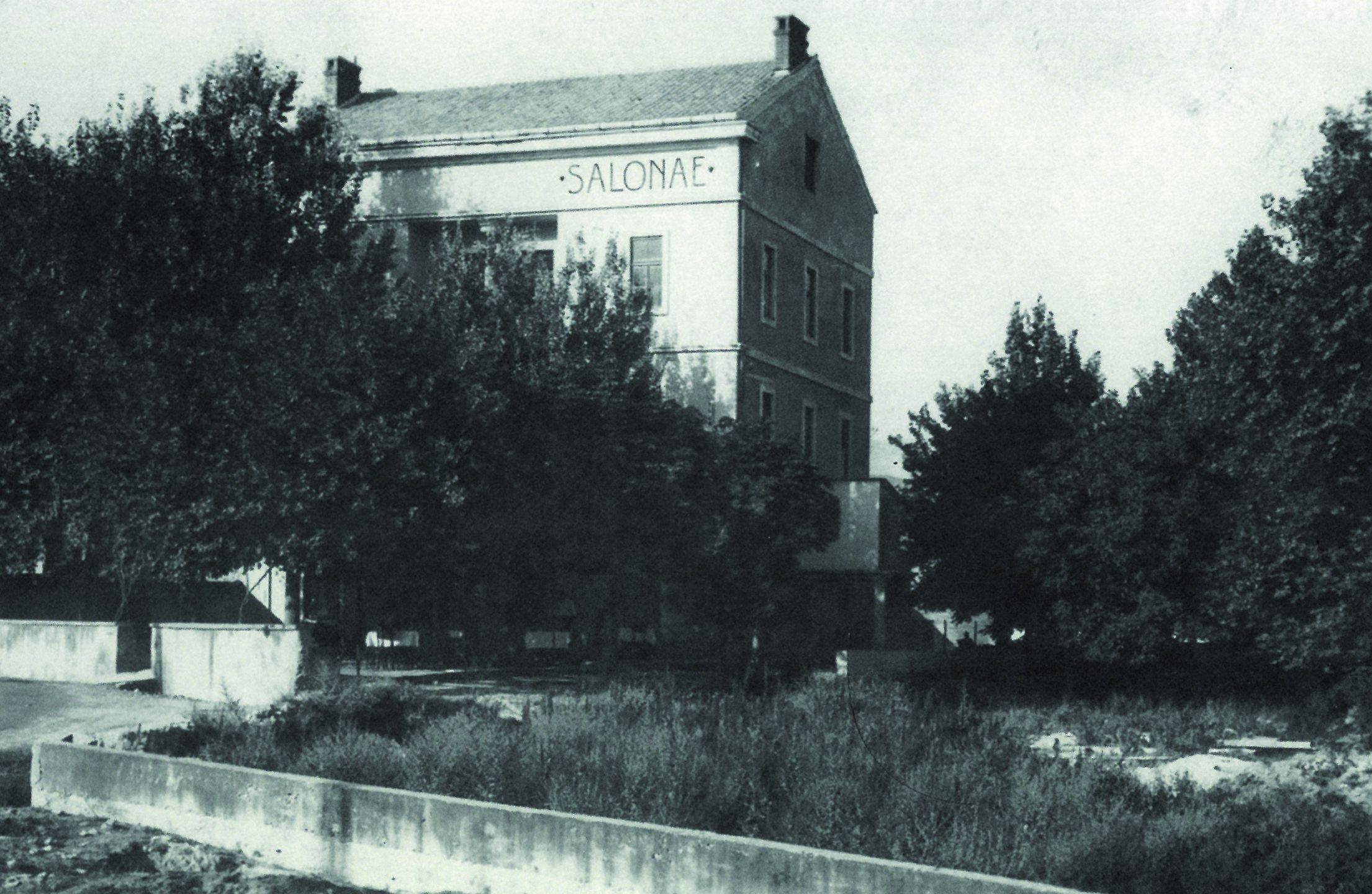
The Gašpić building was built in 1909 by brothers Martin, Jozo, Ivan and Ante Gašpić. Its ground floor served as an inn for decades and later as a restaurant. In 1928, the interior was redecorated by Mate Meneghello. The building was often the center of Solin social life with dances, shows and lectures being held there.
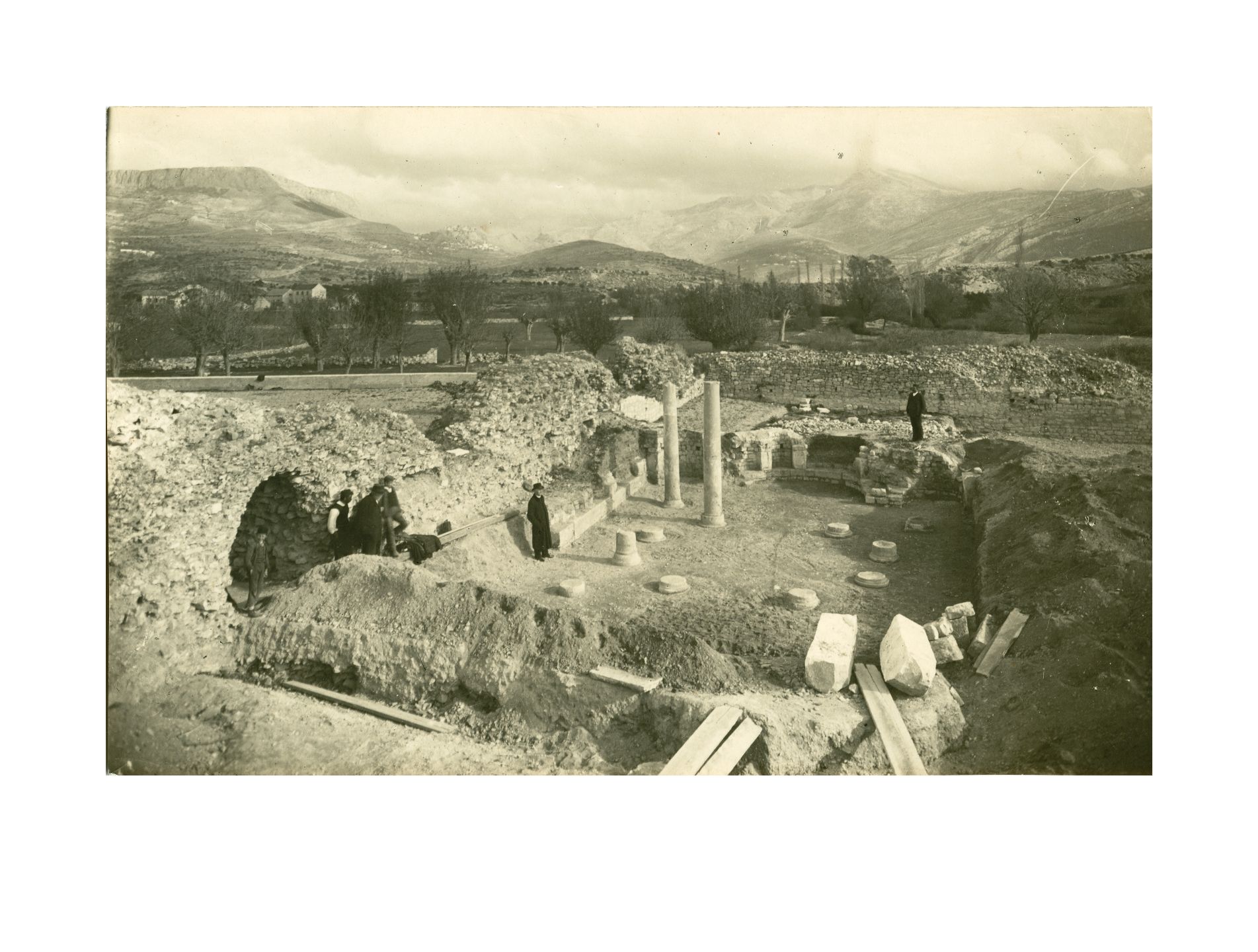
Zvonimirova street leads to one of the most attractive archeological sites in the center of the city. The medieval fort Gradina was built in the 15th century around the remains of an early Christian and early Croatian church leaning on the remains of the ancient Salona walls. Since the first summer stage was built in 1979 and until today, Gradina has become a significant center for the cultural life of Solin.
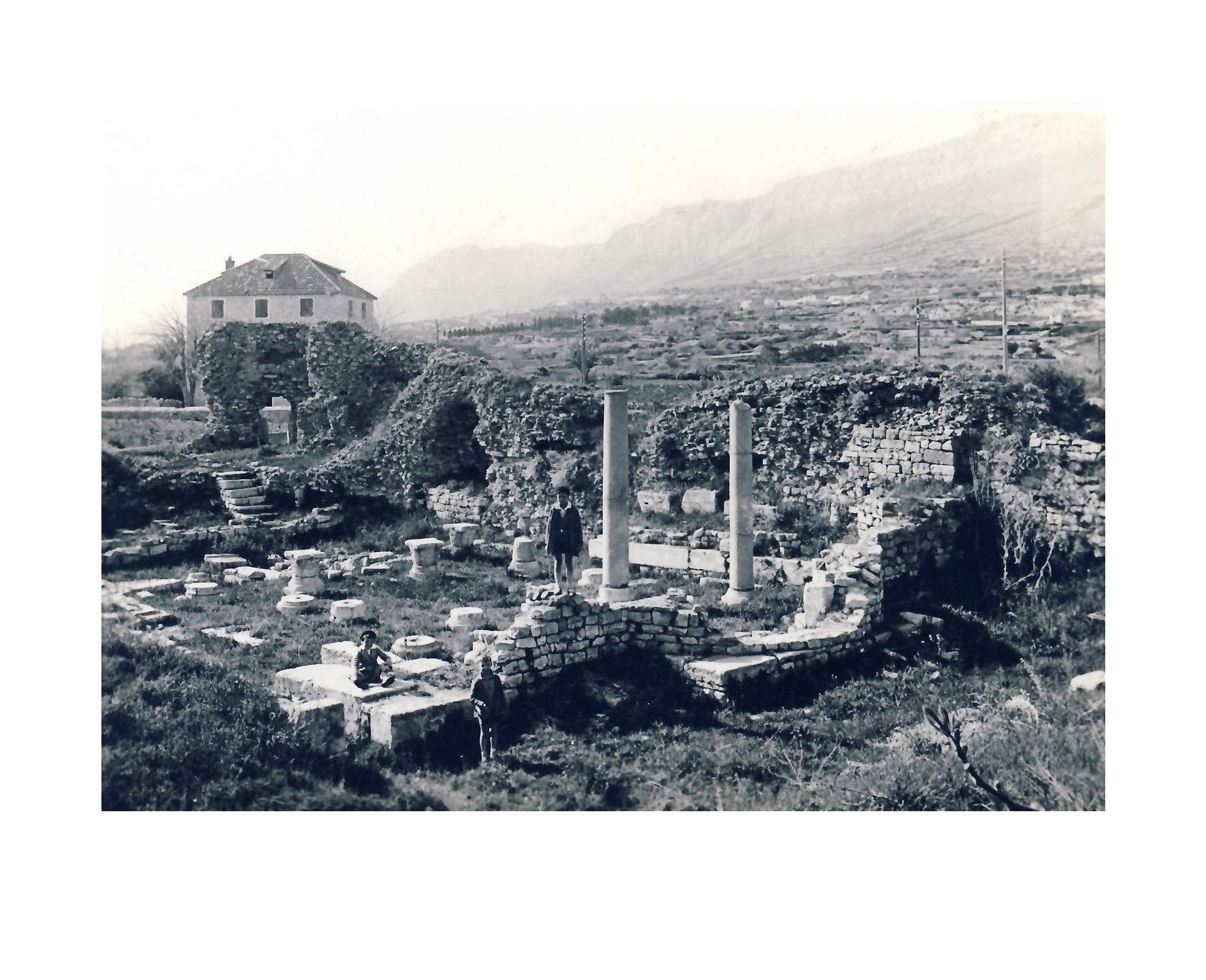
In the 1920s, a sewing class was held in house Grubić, better known as Marička house. The class was organized by Marija Grubić and many young women from Solin participated in it as preparation for their work as housekeepers. In the 1930s, the house was reconstructed by a Solin mason Ivan Katić.
The best-preserved example of secessionist architecture in Solin is Petrašić house. Its construction was ordered by dr. Mate Petrašić who had his office in Solin in the first quarter of the 20th century. The house also featured a beautiful botanical garden. After WWII, the well-known Solin doctor Martin Žižić also lived with the Petrašić family for some time. His son Bogdan Žižić later became one of the most respected Croatian movie directors.
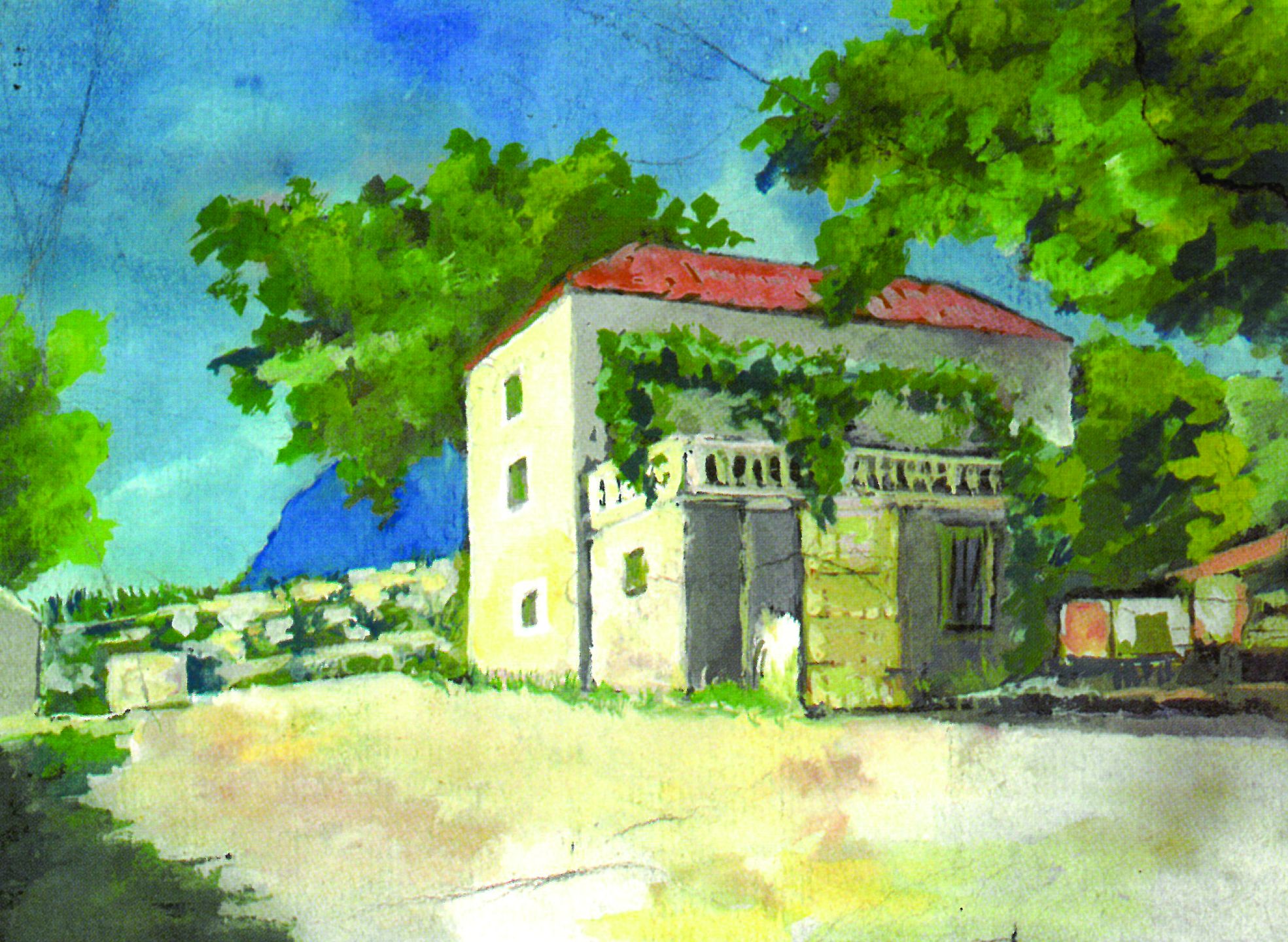
In the house of Ante Grubić Škombro was the Kod Škombre Inn in which the people of Solin, as well as other travelers going from Solin to Inland Dalmatia, gathered to play the old games briškula and bocce and enjoy the homemade wine. The game of bocce is known as balote in Dalmatia.
Our walk through Zvonimirova street is finished by this military bunker built by the invading Italian army in WWII. It has been preserved until present times.
THE GRUBIŠIĆ HOUSE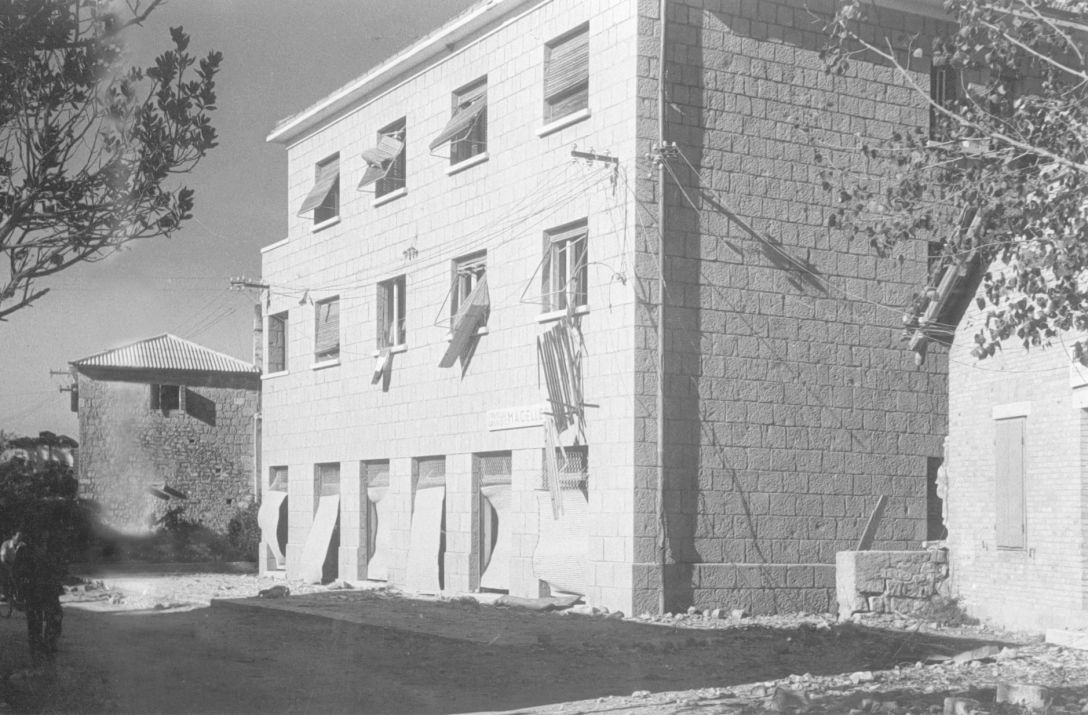
The family house of brothers Vlado and Mirko Grubišić, better known by the nickname Gobušni, was built from Solin stone by a building contractor Ivan Katić. On the ground floor of the house, there were various trade and craft shops throughout the years. The Grubišić family was extremelly enterprising. They had a butcher shop and a slaughterhouse, and they were also involved in the trade and production of ice and soap. In addition, they ran a tavern in Majdan near the cement plant.






